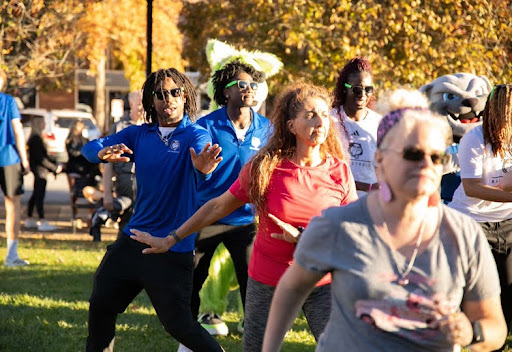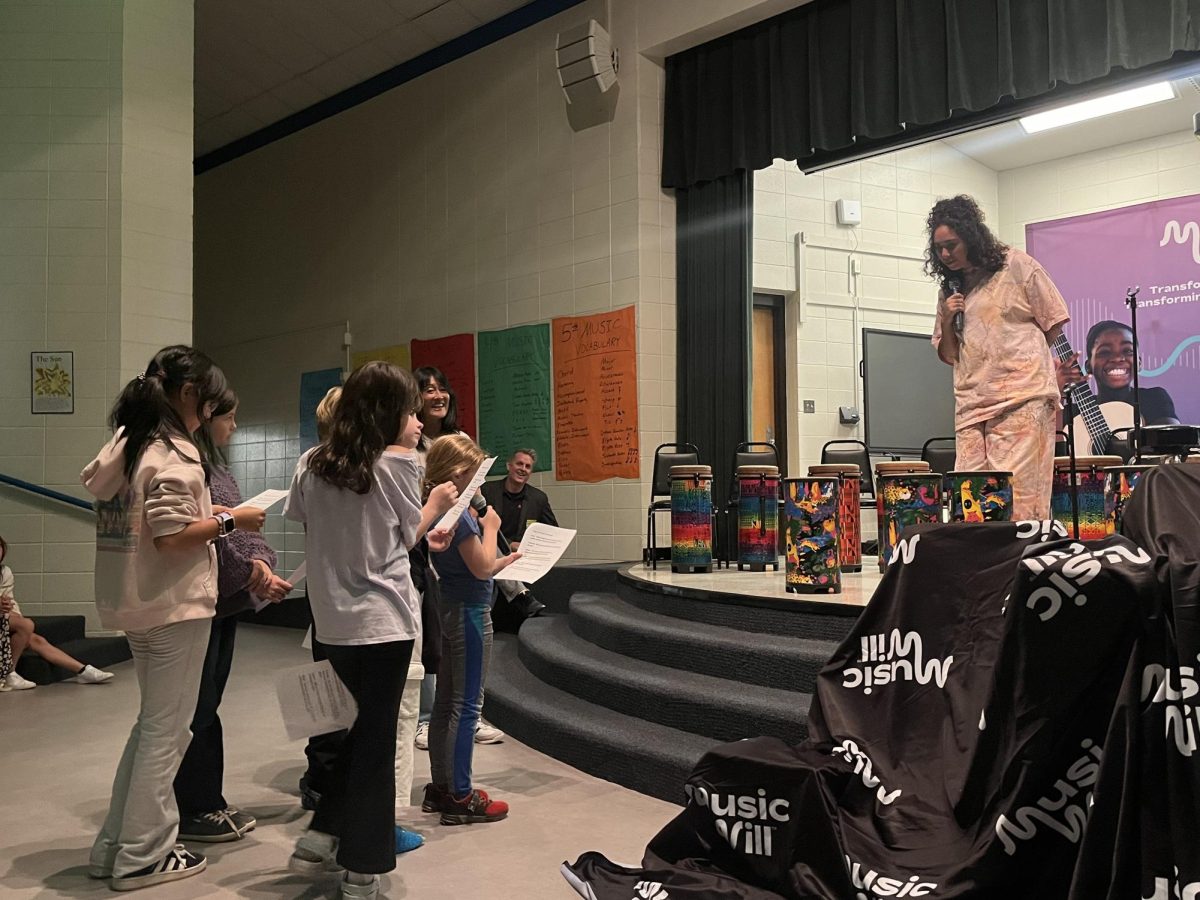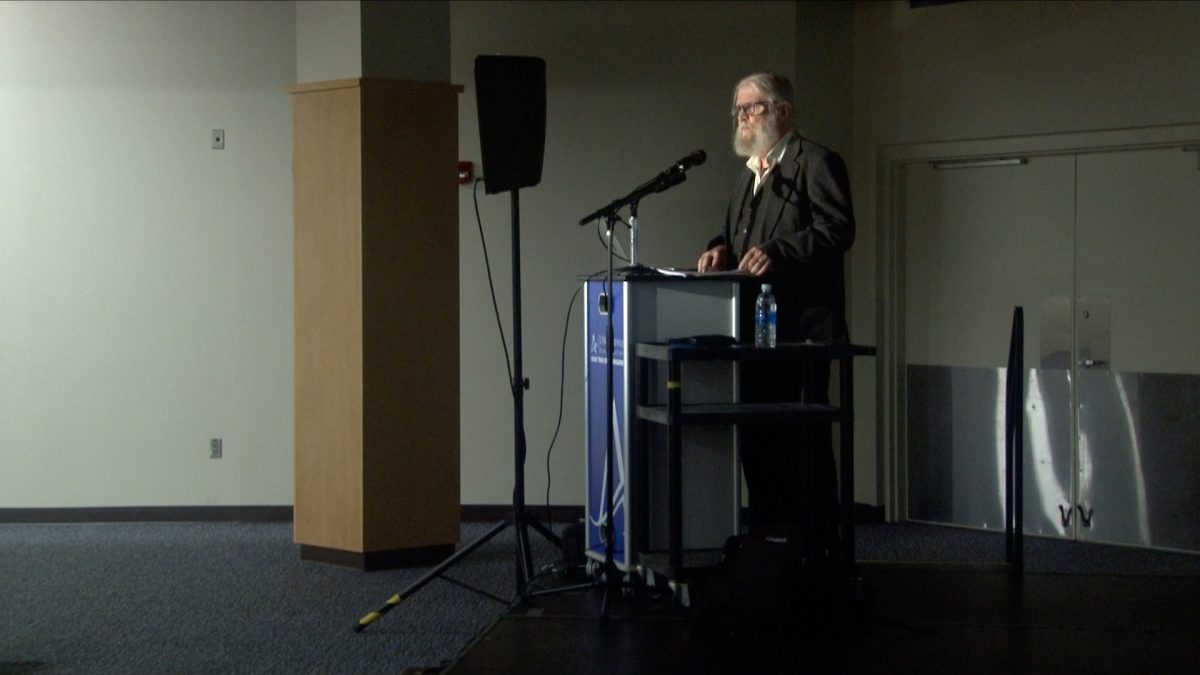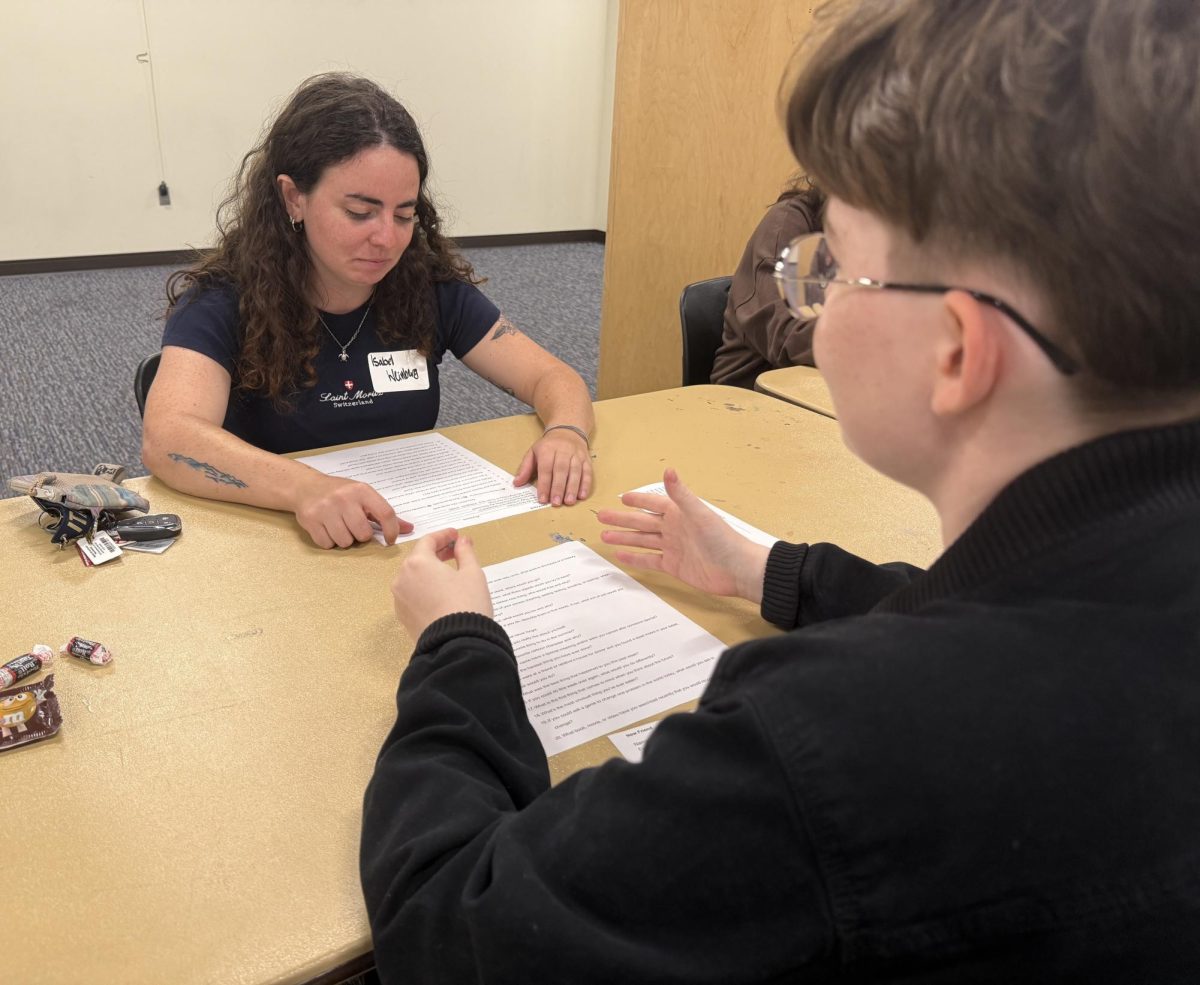Taylor Sexton
Contributor
[email protected]
A group of dancers stand at the edges of an all-mirrored room. Their skilled and worn feet bounce lightly in anticipation on the hardwood floor, one they have danced across for hours at a time over the past few years.
In the center of the room stands Celia Weiss Bambara, UNC Asheville’s dance program director. She introduces each dancer, the night’s performance and the visiting dance teacher. Before the performance begins, Bambara speaks about something important not only to her, but to every other dancer in the room.
“We have a new minor program and the curriculum has been published as of this fall,” Bambara said.
UNCA lacked a dance major and minor for the past several years. Taken away due to budget cuts in 2013, the program maintained student interest and the retirement of the previous program director gave way to the hire of Bambara in 2015.
The dance minor was brought back and put together this year by Bambara, who is one of the only permanent staff members other than Idelle Packer. Packer teaches contact improvisation as well as somatic movement classes.
Bambara talked about the factors that went into making a major, which should be officially in the books by fall of 2020, and her excitement for the renewal of the minor.
“For me, dance is part of how I see the world,” Bambara said. “It’s also how I want to change the world, so it allows me as an artist, to create work that can perhaps make people stop and think.”
The backbone of the dance minor consists of three contemporary dance classes. The first class allows students with any amount of experience to come and learn the basics of dance. The second class builds from the first and adds contemporary elements, while the third, teaches students several different techniques they will then put into a performance at the Belk Theater. The latter class teaches the students what they will need to work outside of a school environment.
The minor hybridizes the curriculum in the sense it combines both practice and theory. Students are encouraged to make creative work and learn new techniques.
“The dance minor is achievable because it’s only six classes and it’s created to teach you about dance, how to move and how to be aware of your body,” said Sarah Hirst, a freshman who decided to minor in dance. “The trickiest part is just fitting it into your schedule.”
According to Bambara, it has taken several steps and lots of planning to recreate the major. The first step was to get approval from the administration. Once she achieved that, she began the legwork for creating the major.
“At this point, we have the basic nuts and bolts for a major already as part of the program,” Bambara said. “Now what I would be doing is looking out strategically and saying “what else does dance need?””
Some of the classes required for the dance major include a basic production class through theater, basic acting, basic music and basic video production, as well as additional 100-level classes and a senior capstone.
Though it will take a while to make the dance program concrete, many students express excitement for the years to come.
“I’ve grown up dancing so it’s really wonderful to have a program through the school that allows me to experience dance on an academic level. It lets me experience different cultures through dance,” said Myles House, who plans to major in dance. “I’m excited about getting the minor, but even more excited about the major. It’ll be nice to have a degree in something I love.”
Categories:
Dance major returns to course schedule in 2020
November 7, 2017
0
More to Discover






















